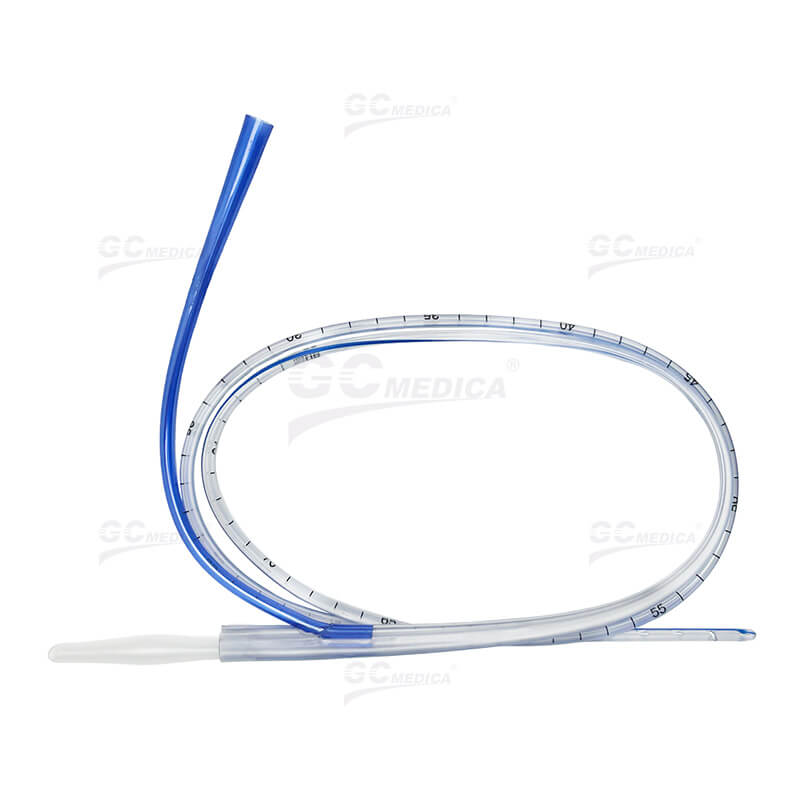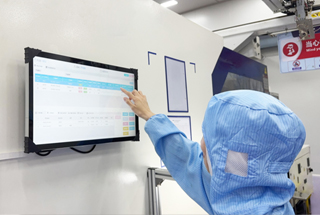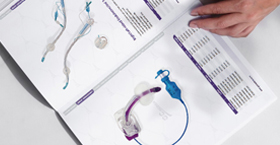The double‑lumen gastric sump tube is a specialized nasogastric device designed for simultaneous gastric decompression and enteral feeding. It consists of two parallel channels (lumens): one (larger) for continuous suction and aspiration of gastric contents, and one (smaller) for instillation of feeds, medications, or contrast media. This dual‑function design minimizes the need for multiple tubes, reducing patient discomfort and streamlining nursing care.
Clinically, the gastric sump tube is indicated in patients with gastric outlet obstruction, ileus, postoperative ileus, or gastrointestinal bleeding who require decompression, as well as those requiring short‑term enteral nutrition when oral intake is not feasible. The continuous air vent (also called the “pigtail” lumen) allows atmospheric air into the suction channel, preventing mucosal damage by equalizing pressure and avoiding continuous wall suction against the gastric mucosa.
Insertion of the tube follows standard nasogastric placement protocols: measure nose‑ear‑xiphoid distance, lubricate the tip, and advance gently via the nostril into the stomach, verifying placement by auscultation and/or radiography. Securement with tape to the nose and cheek reduces accidental displacement. Routine care involves checking tube patency, monitoring aspirate volume and characteristics, flushing both lumens periodically (e.g., with 20–30 mL sterile water), and inspecting nasal mucosa integrity.
Advantages
Dual functionality – single tube for suction and feeding
Reduced discomfort – fewer tubes reduce nasal and pharyngeal irritation
Efficient care – one device to manage two clinical needs
Pressure regulation – air vent protects the mucosa
Versatility – compatible with various feed formulations and medications
Precautions
Always confirm correct placement before initiating suction or feed (by X‑ray).
Monitor for nasal, pharyngeal, or esophageal trauma.
Maintain low continuous suction (e.g., 20–60 mmHg) to avoid mucosal injury.
Replace tube per institutional protocol (often every 7–14 days) to prevent biofilm buildup.
Record intake/output accurately and assess abdominal distension and bowel sounds.
Typical Specifications
| Parameter | Specification |
|---|---|
| Tube material | Medical-grade PVC or silicone |
| Overall length | 100–120 cm |
| Suction lumen ID | 10–14 Fr (3.3–4.7 mm) |
| Feeding lumen ID | 5–8 Fr (1.7–2.7 mm) |
| Air vent (“pigtail”) | Integrated side port (~1.5 mm) |
| Tip design | Weighted or radiopaque, multi‑side holes |
| Recommended suction range | 20–60 mmHg continuous |
| Insertion depth marking | Graduated, every 10 cm |
| Color coding | Feeding lumen often blue for clarity |
Conclusion
The double‑lumen gastric sump tube remains an essential tool for combined gastric decompression and enteral nutrition in acute and postoperative settings. Its dual‑lumen architecture enhances patient comfort, improves nursing efficiency, and ensures safer suction by preventing mucosal trauma. Proper insertion, verification, and maintenance are crucial to maximize therapeutic benefit and minimize complications.
 | Double Lumen Gastric Sump Tube > |


 Français
Français Español
Español Products
Products

 About Us
About Us











